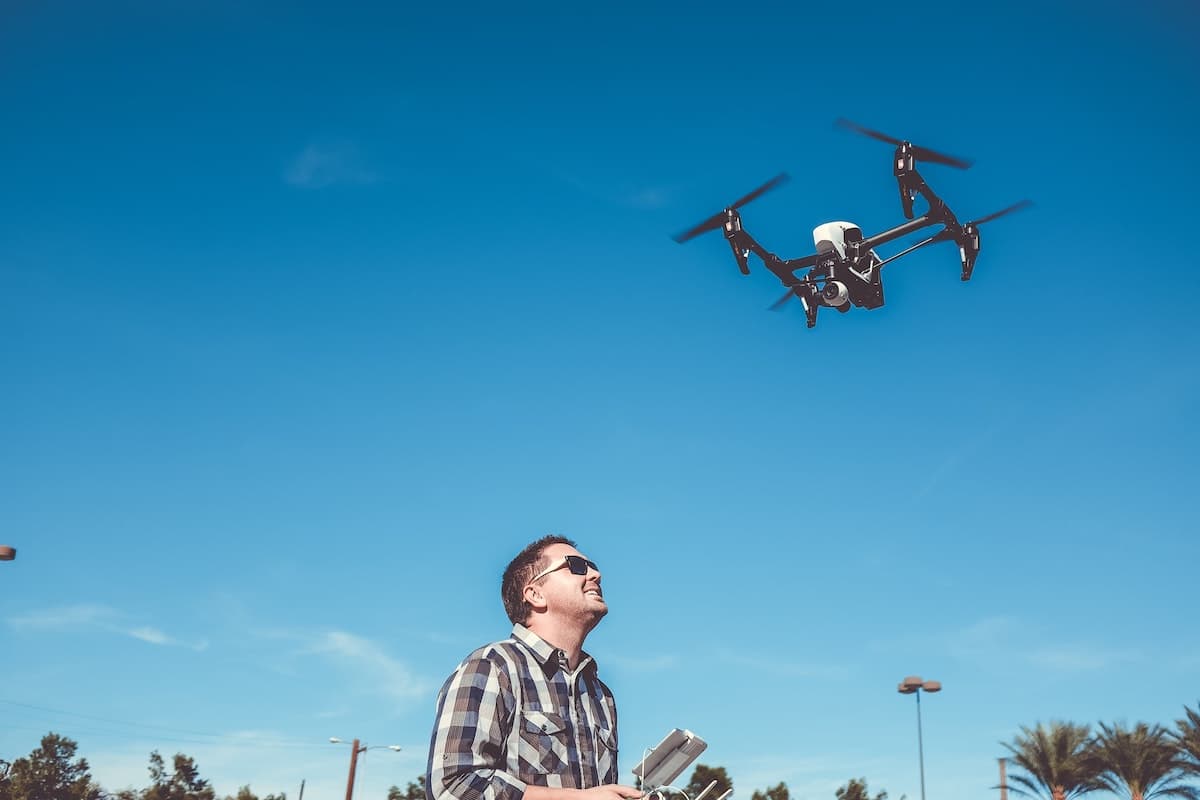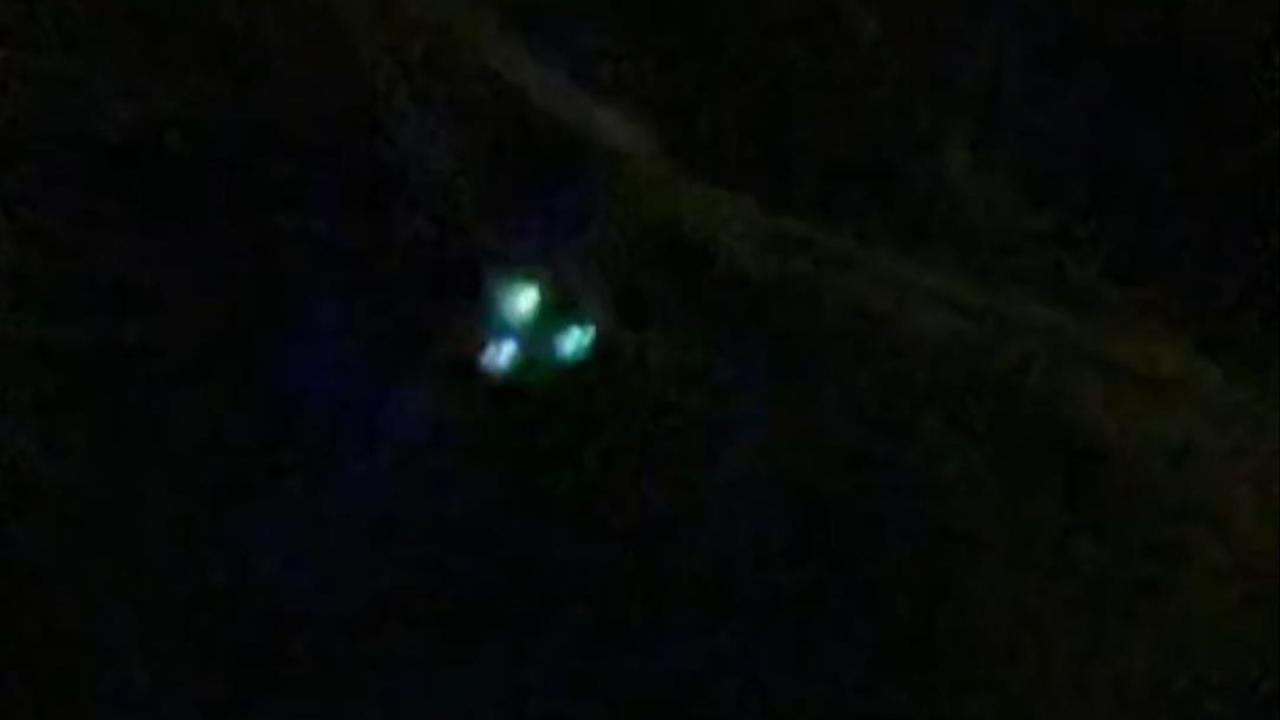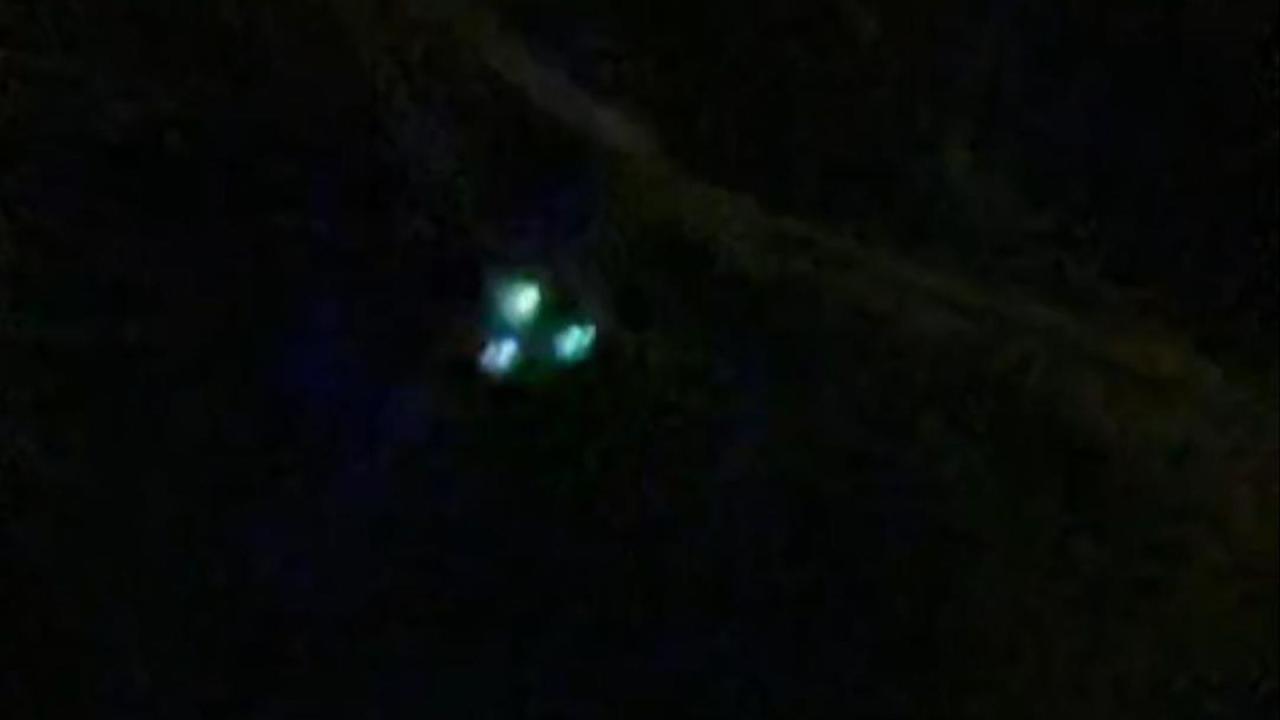Drone sightings around the world are increasing, raising concerns about security, privacy, and airspace safety. This surge in unmanned aerial vehicle (UAV) activity stems from a variety of sources, including commercial applications, hobbyist use, and even illicit activities. Understanding the global distribution of these sightings, the types of drones involved, and the motivations behind their operation is crucial for developing effective regulatory frameworks and countermeasures.
This exploration delves into the complexities of this rapidly evolving phenomenon, examining its impact on society and exploring technological advancements designed to address the challenges it presents.
From bustling cityscapes to remote wilderness areas, drones are becoming increasingly prevalent. This report examines the geographical distribution of drone sightings, highlighting regions with high frequency and exploring the contributing factors. We’ll analyze the different types of drones—commercial, military, and hobbyist—examining their capabilities and potential implications. Further, we’ll investigate the motivations behind drone operations, ranging from legitimate commercial uses to potentially malicious activities, and discuss the societal and economic impacts of unauthorized drone use.
Global Drone Sightings: A Comprehensive Overview

The increasing prevalence of drones worldwide has led to a surge in reported sightings, raising concerns about security, privacy, and airspace management. This overview examines the global distribution of drone sightings, categorizes the types of drones involved, explores the motivations behind their operation, and analyzes the impact on society and the regulatory responses implemented.
Drone sightings are spiking globally, raising concerns about privacy and security. If you’re trying to track down information on these incidents, and you’re having trouble because ChatGPT isn’t cooperating – check out this troubleshooting guide if chatgpt not working is hindering your research – then get back to analyzing those drone flight patterns! Understanding these trends is crucial for developing effective countermeasures.
Global Distribution of Drone Sightings
Drone sightings are not evenly distributed across the globe. Factors such as population density, technological advancement, and regulatory frameworks significantly influence reporting rates. A world map visualizing this data would show higher concentrations of sightings in densely populated areas and regions with robust drone industries, such as North America, Europe, and parts of Asia. Conversely, less populated or technologically less developed regions would exhibit lower frequencies.
A color-coded system on this map would represent sighting frequency, with darker shades indicating higher numbers. For example, vibrant red might represent areas with extremely high sighting frequency, while light yellow indicates very few reports.
| Country | Number of Sightings (Example Data) | Most Common Drone Types | Contributing Factors |
|---|---|---|---|
| United States | 15,000 | Commercial, Hobbyist | Large drone market, diverse applications |
| China | 12,000 | Commercial, Surveillance | Rapid technological advancements, large infrastructure projects |
| United Kingdom | 8,000 | Commercial, Hobbyist | Stricter regulations than other countries, but high drone adoption |
| Germany | 7,000 | Commercial, Hobbyist | Significant commercial drone usage, increasing hobbyist interest |
| Japan | 6,000 | Commercial, Inspection | High use in infrastructure inspection, disaster relief |
Variations in sighting frequency are influenced by several factors, including the level of drone regulation, the prevalence of drone use in specific industries (agriculture, construction, etc.), and public awareness of drone activity.
Types of Drones Sighted, Drone sightings around the world
Drones sighted globally fall into several categories, each with distinct characteristics and potential implications.
| Drone Type | Features/Capabilities | Security/Privacy Implications | Distinguishing Characteristics |
|---|---|---|---|
| Commercial | High payload capacity, long flight times, advanced sensors | Potential for smuggling, data breaches | Often larger, may have visible branding |
| Military | Advanced surveillance capabilities, weapon integration potential | Significant security risks, potential for conflict escalation | Stealth design, often equipped with advanced sensors and communication systems |
| Hobbyist | Smaller size, limited range and payload, readily available | Privacy concerns, potential for accidental airspace intrusion | Smaller size, various designs, often lacks advanced features |
Identifying drone types often relies on visual characteristics, flight patterns, and technological signatures. Advanced drones may utilize sophisticated countermeasures to avoid detection.
Motivations Behind Drone Operations
The purposes behind drone operations are diverse and vary significantly across regions. These motivations can range from legitimate commercial applications to illicit activities posing significant security threats.
Common civilian uses include aerial photography, infrastructure inspection, agriculture, and delivery services. In contrast, military applications focus on surveillance, reconnaissance, and targeted strikes. Illicit activities include drug smuggling, wildlife poaching, and even terrorist attacks. Understanding these motivations is crucial for developing effective countermeasures.
Drone sightings are on the rise globally, sparking concerns about privacy and security. Analyzing this data often requires serious computing power, so you might need a beefy machine; that’s where building your own PC comes in handy. Check out this great resource for building your own rig: pc builder. With a custom-built PC, you can easily handle the processing demands of analyzing large datasets from those numerous drone sightings worldwide.
Impact of Drone Sightings on Society
The widespread use of drones has brought about both positive and negative consequences across various sectors.
| Sector | Positive Impacts | Negative Impacts |
|---|---|---|
| Aviation | Improved efficiency in inspections, aerial surveys | Risk of mid-air collisions, disruptions to air traffic |
| Security | Enhanced surveillance capabilities, improved emergency response | Potential for misuse, privacy concerns, security breaches |
| Privacy | Increased efficiency in surveillance | Potential for mass surveillance, loss of privacy |
Responses to drone sightings vary depending on the context. If a drone is suspected of illegal activity, contacting local authorities is crucial. In less serious situations, simply observing and documenting the drone’s activity might be sufficient. Unauthorized drone operations can lead to significant economic losses due to disruptions, damage, and the cost of security measures.
With drone sightings increasing globally, it’s crucial to understand the regulations. In Canada, if you’re flying a drone under 250g, check out the specifics on canada drone laws under 250g to ensure safe and legal operation. Understanding these rules helps prevent airspace conflicts and contributes to responsible drone use worldwide.
Regulatory Frameworks and Responses
Drone regulations differ significantly across countries. Some countries have comprehensive frameworks governing drone operations, while others are still developing their regulatory approaches.
For example, the United States has a relatively decentralized system with various agencies involved in drone regulation. The European Union, on the other hand, has implemented more standardized rules across member states. Meanwhile, China’s regulatory landscape is characterized by a focus on national security and industrial development.
Best practices for mitigating risks associated with unauthorized drone operations include establishing no-fly zones, implementing drone detection systems, and investing in counter-drone technologies. Public awareness campaigns are also crucial for promoting safe and responsible drone usage.
Technological Advancements and Countermeasures
Technological advancements in drone detection and countermeasures are constantly evolving to address the challenges posed by unauthorized drone operations.
| Technology | Advantages | Limitations |
|---|---|---|
| Radar Systems | Long-range detection, ability to detect multiple drones | Susceptible to interference, can be expensive |
| Optical Sensors | High accuracy in identifying drone types, relatively inexpensive | Limited range, affected by weather conditions |
| RF Jamming | Effective in disrupting drone communication and control | Potential for collateral damage, may be illegal in some jurisdictions |
The effectiveness of these technologies varies depending on factors such as the drone’s capabilities, environmental conditions, and the sophistication of the countermeasures used.
Case Studies of Notable Drone Sightings

Several notable drone sightings have highlighted the challenges and complexities associated with managing drone operations. These incidents serve as valuable case studies illustrating the evolution of responses to drone incidents over time.
For example, a case study might involve a drone disrupting air traffic at a major airport, leading to flight delays and investigations. Another case might involve the use of drones in a smuggling operation, resulting in law enforcement intervention and arrests. A third could focus on the use of drones for surveillance in a sensitive location, sparking public debate about privacy concerns.
Each case study would detail the type of drone, location, authorities’ response, and outcome, providing valuable insights into the challenges and best practices in managing drone-related incidents.
Last Word

The global rise in drone sightings presents a complex challenge requiring a multifaceted approach. While drones offer significant benefits across various sectors, their potential misuse necessitates robust regulatory frameworks and advanced detection technologies. By understanding the diverse motivations behind drone operations, analyzing the impact on society, and implementing effective countermeasures, we can strive to balance innovation with security and public safety.
Continued monitoring, technological advancements, and international cooperation are essential to navigate this evolving landscape and mitigate the risks associated with unauthorized drone activity.
Questions and Answers: Drone Sightings Around The World
What are the penalties for illegally operating a drone?
Penalties vary significantly by country and the nature of the violation. They can range from fines to imprisonment, depending on factors such as the type of drone, the location of operation, and the intent behind the activity.
How can I report a suspicious drone sighting?
Contact your local law enforcement agency. Many countries also have specific reporting mechanisms for drone sightings, often found on the websites of aviation or national security agencies.
What are some common drone detection technologies?
Common technologies include radar, acoustic sensors, optical cameras, and radio frequency (RF) detection systems. Each technology has its strengths and weaknesses, and many systems use a combination of these approaches.
Are all drones equally easy to detect?
No. The detectability of a drone depends on its size, material, technology, and the environment. Smaller, stealthier drones are naturally harder to detect than larger, more conventional models.
